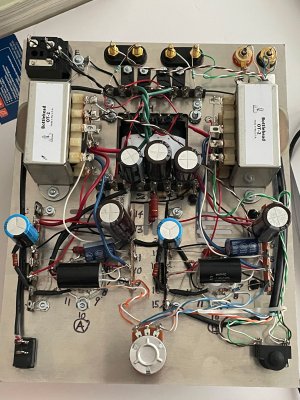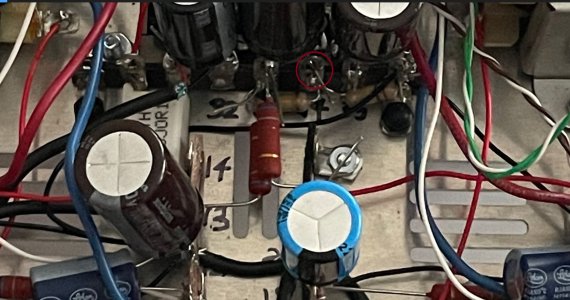Previously I had posted about having no sound in my right headphone driver while using the S.E.X. 3.0 Kit and I got a recommendation to just touch up joints T6 and T7 of the right channel output transformer. This seems to have given me sound in right driver but upon further listening it's significantly quieter than the left.
Things I've tried:
Swapping the tubes again yet the channel imbalance doesn't follow the tubes.
Hooked up the S.E.X. 3.0 amp to a digital source and played a test tone, it made it very clear that the right driver had quite a bit more volume.
Using different RCA cables.
Different pairs of headphones.
Everything has passed resistance and voltage checks.
Thank you for the help on my previous post yet I still need some assistance.
Attached is a current picture of the wiring in my kit.
Things I've tried:
Swapping the tubes again yet the channel imbalance doesn't follow the tubes.
Hooked up the S.E.X. 3.0 amp to a digital source and played a test tone, it made it very clear that the right driver had quite a bit more volume.
Using different RCA cables.
Different pairs of headphones.
Everything has passed resistance and voltage checks.
Thank you for the help on my previous post yet I still need some assistance.
Attached is a current picture of the wiring in my kit.


